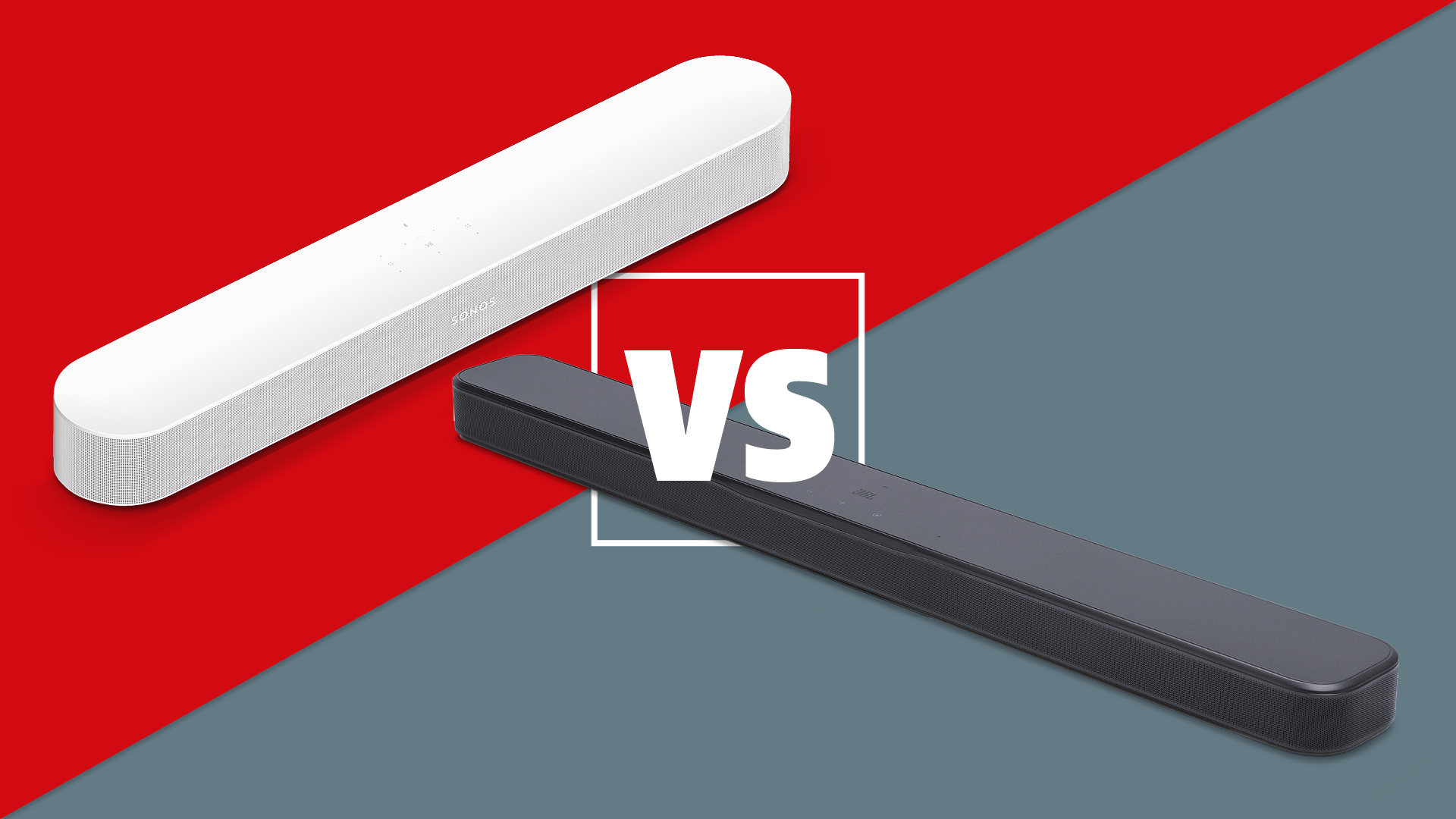How is an iconic speaker resurrected for the 21st century? We asked JBL, Wharfedale and more
If 'X' is a classic speaker and 'Z' is that speaker reborn, what is 'Y'?
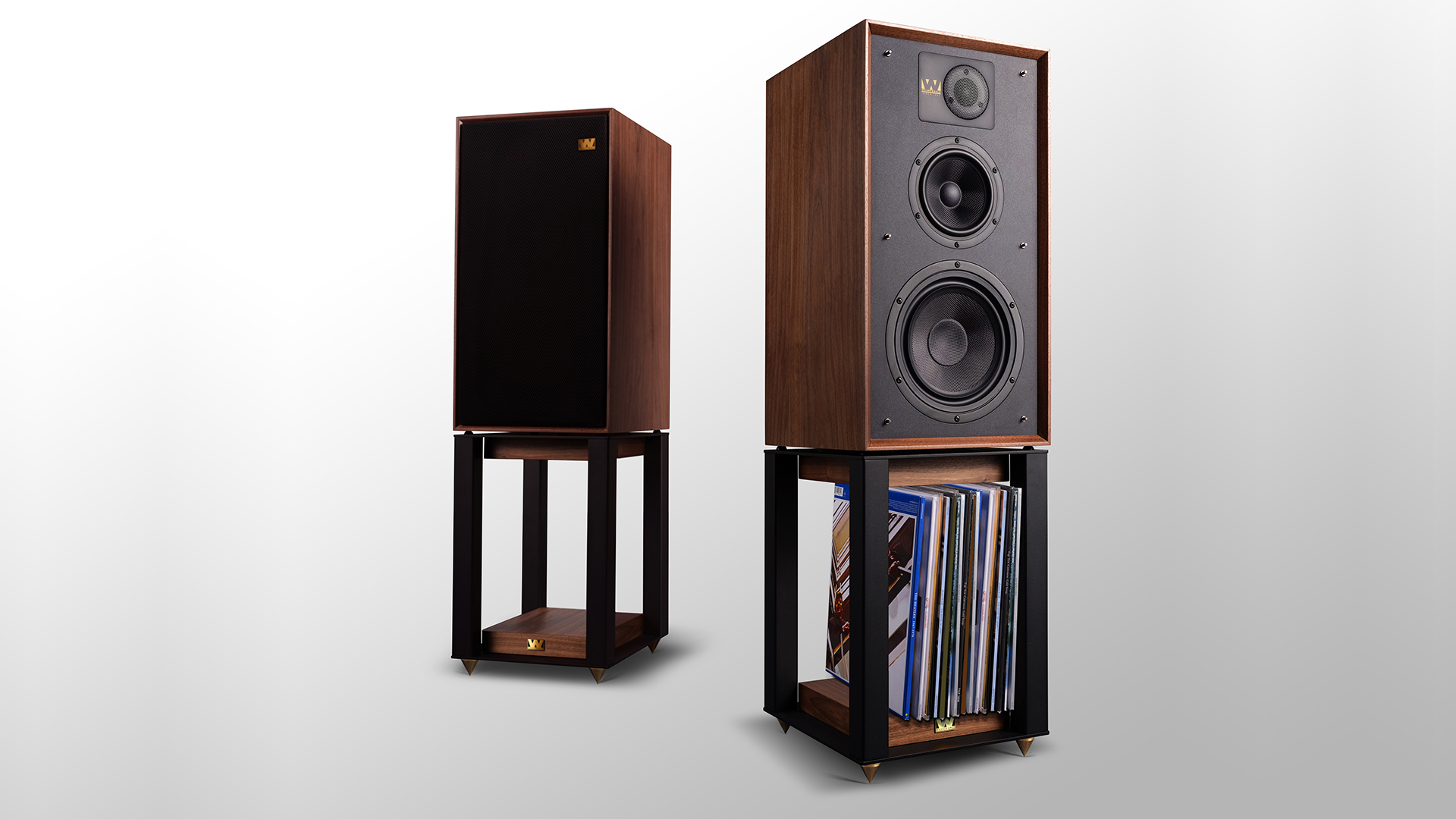
As Steven Spielberg would have undoubtedly chewed over in approaching his recent West Side Story remake, resurrecting a classic for the modern market needs to offer a balance of both nostalgia and newness, familiarity and freshness. We suppose that's the case whether you’re reviving a classic movie, vintage car, or indeed an iconic pair of hi-fi speakers.
It’s true that Hollywood remakes can sometimes feel like ideas have dried up. But they can also retell popular stories with much-enhanced audio, imagery and directorial know-how than was available previously. And in a similar vein, the rebirth of a speaker of old can provide hi-fi enthusiasts with beloved classic designs that sound considerably better than the originals thanks to technological evolutions.
Recent years have, for example, seen JBL bring back its 1970 L100 (and with quite a bang); Sonus Faber reimagine its 1991 high-end-defining Extrema; Spendor evolve its renowned '70s BC1 design to the equally compelling Classic 1/2; and Wharfedale revive its highly popular 1965 Linton, complete with a ‘Heritage’ tag. Mission resurrected its five-decade-old 770 standmounters just recently, too, of course.
The list could go on, but we’ve hung our interest in what goes into choosing, designing and engineering a revived iconic speaker on the stories behind these five brands and pairs – as told to us exclusively by the people involved.
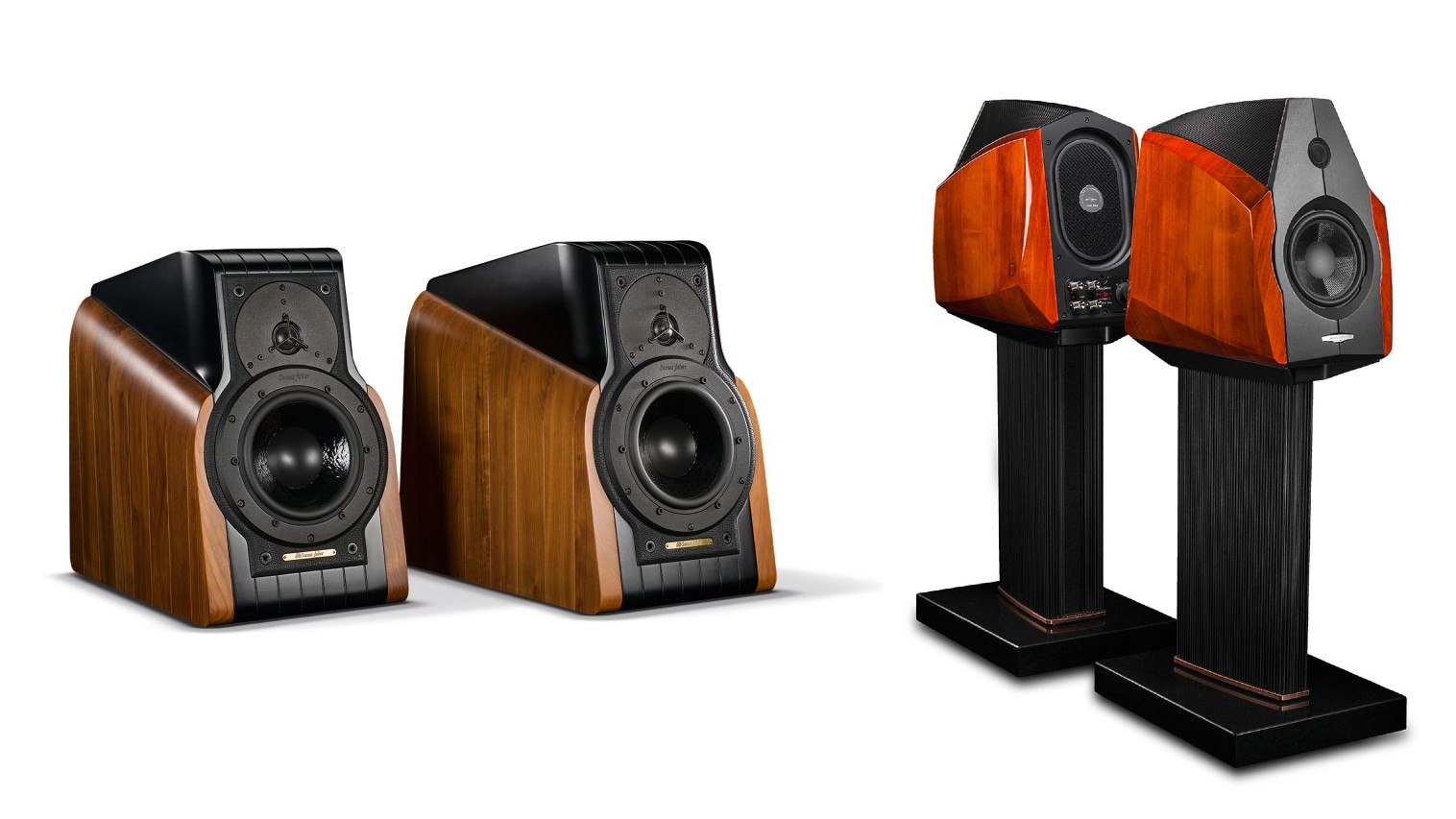
Continuity and evolution: check, check
First things first: choosing which model(s) to revive for the modern market. For Jim Garret, Harman Luxury Audio's senior director of product strategy & planning, "It needs to be something that was successful in the past, well-known and loved among consumers." Considering the 1970s JBL L100 became the best-selling model in the brand’s history and enjoyed a spot in popular culture by featuring in the famous 80s Maxell ad, whereby a listener (and his lampshade and martini glass) is literally blown away by the sound, you could say selecting them for a makeover was an easy task for Garret's team.
For Peter Comeau, director of Acoustic Design for Mission, Wharfedale and the wider IAG brand family, it is also about recognition and mass appeal. "What I particularly look for are designs from our brands’ catalogue that offer something different or special to the buyer either in the way of tonal quality that appealed to a wide range of customers (e.g. Wharfedale Linton), or ground-breaking technology that offered a real acoustic performance breakthrough (e.g. Mission 770)", he says.
Naturally, you need to be able to draw a line between a revived model and its originator, in as much as you need a line of distinction between them to justify the newcomer’s purpose. After all, an Annie film adaptation without songs and an Annie-like character finding herself in wealthier guardianship would arguably just be an entirely new film about a young orphan. The new model needs to draw on and embody some of the old’s aspects – and often, and most obviously, this concerns the very ‘in’ retro-charm, and almost furniture-like, aesthetic.
The latest hi-fi, home cinema and tech news, reviews, buying advice and deals, direct to your inbox.
Comeau says that employing older designs can actually be advantageous to a speaker's engineering: “Many of the older design aesthetics gives the loudspeaker designer an advantage. For example, the larger cabinets and wider baffles of ’70s and ’80s speakers enable superior dynamics and better power response in the room compared to today’s ultra-slim designs. The acoustic benefits of the wider, deeper cabinets and larger driver units are considerable and aid the bigger, deeper and more powerfully dynamic sound that listeners enjoyed decades ago.”
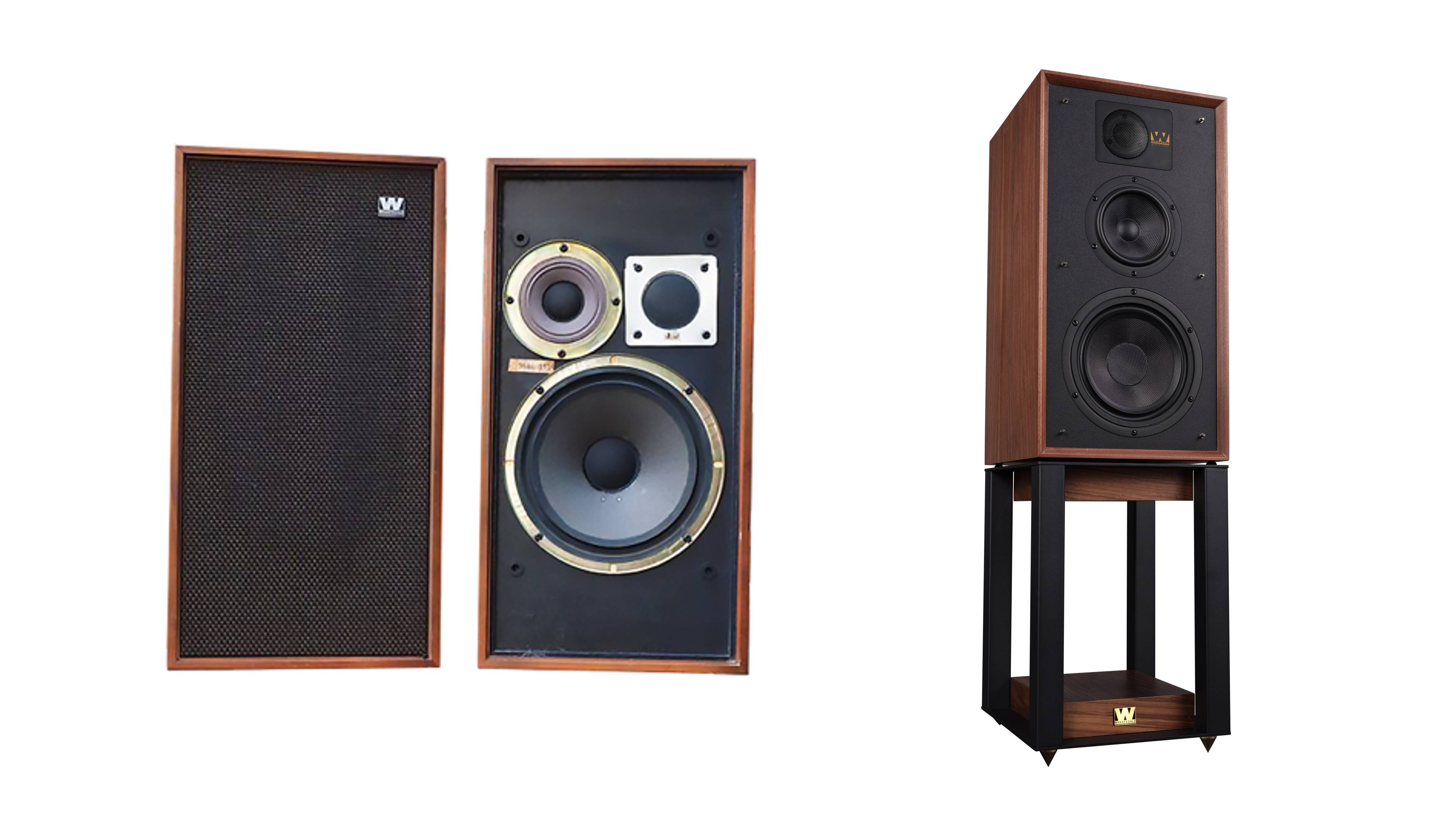
For the later Sonus Faber Ex3ma, the company wanted to “stay true to the original concept of having a super-strong monocoque (originally made in MDF), as a centerpiece of the speaker, and keep the solid wood sides”, says Livio Cucuzza, the chief design officer at McIntosh Group Inc.
But it's not just a copy-and-paste exercise. Comeau also highlights that just mimicking the appearance of the original isn’t as straightforward as chucking new technologies inside old cabinet designs and hoping the job’s a good ’un.
“The aesthetics of the Wharfedale Linton, with its inset front grille, is particularly attractive and endeared it to buyers of the time as much as it does today", he explains. "[But] that inset grille creates problems with reflections from the cabinet edges that cause peaks and dips throughout the upper midrange and treble, and we needed to do extensive modelling of the grille shape to smooth these out and provide the optimum acoustic performance. As a result, Linton sounds best with the grille fitted, which is an aesthetic we think buyers prefer anyway.”
JBL's Garret also notes that recreating the grille (generally more of a design consideration in those days than today perhaps) for the new edition was a challenge: "The Quadrex foam grille is perhaps that most iconic aspect of the original L100 design. It was quite a challenge to recreate it using modern materials considering today’s certifications and durability requirements. We engineered a faithful recreation while still offering a choice of colours, as we had in the 1970s."
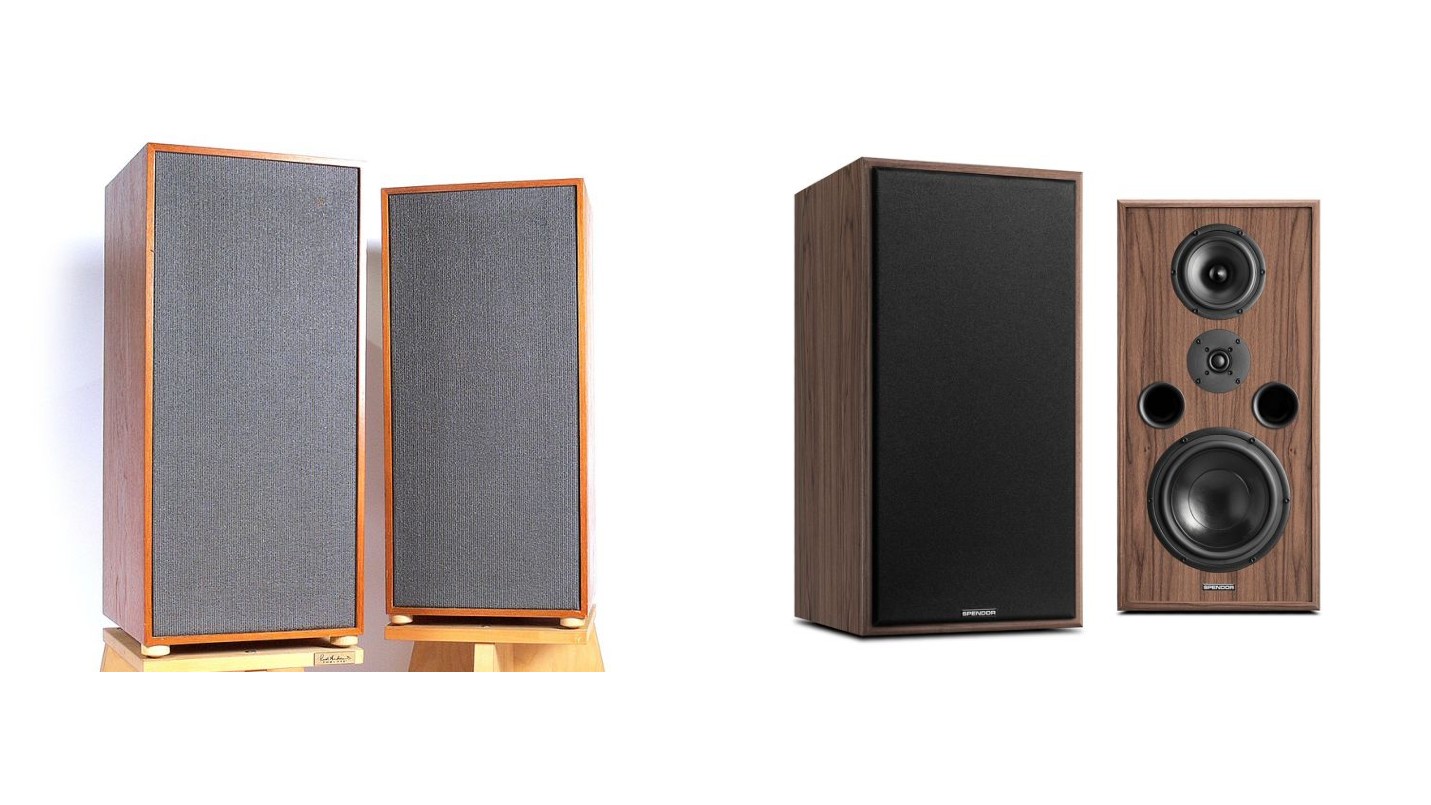
Breaking away from the original
While a clear line to its heritage is essential in resurrecting a classic, there’s also an element of breaking away from a speaker of ol’ to give it a new identity. Take the new Spendor Classic 1/2, for example.
That speaker's origin can be traced back over 50 years via five evolutions of the SP1/2 and SP1 to the legendary BC1 – all of which are still used today. Because of this, Spendor CEO Philip Swift explains, the company “had to guarantee that every ‘new’ version maintained the same sound balance and sound quality as its predecessor”. That, he continues to say, didn’t leave much scope for improvement or innovation.
“After 50 years the world had moved on and we felt it was the right time to break away from these constraints and create an entirely new ‘1/2’ with significantly greater transparency and dynamic contrast and much improved technical performance. The outcome was a totally new loudspeaker with a much broader appeal and application than any of its distinguished predecessors,” Swift says. Indeed, we stand by our summation in the Classic 1/2 review that they are the speakers the BC-1 would be if they were made using today’s technology – which is surely the compliment of compliments for this type of project.
Considering the original BC-1 was designed in the '60s, though, it wasn’t a surprise to see that Spendor modernised the physical design, more or less keeping the proportions and industrial-looking baffle but opting for a cleaner, all-wood finish. “We decided the cumbersome ’70s era dimensions and style had to go in favour of a fresh elegant ‘Classic’ look,” he says.
In the case of the JBL L100, keeping variations of its 12-inch 3-way design (which was born out of the professional studio monitor range of the late 1960s) running throughout the company's output over the years proved helpful in the creation of the 2018 remake. "The technologies used in the transducers had continued to evolve all along," says Garret. "That made it relatively easy to combine modern transducers with the retro cabinetry used for the L100 during its original run in the 1970s."
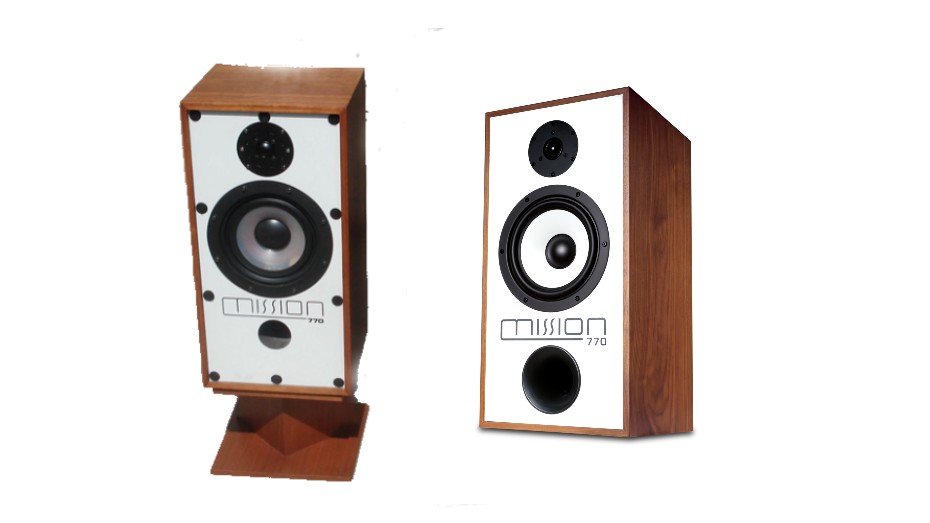
Bringing sound up to scratch
Of course, a key aspect of moving these newer speakers on concerns performance. Universally acknowledged among these brands is that the calibre of performance must be a progression from the original’s to compete in today’s more sonically advanced market.
“We usually do listening sessions of our old speakers and, even if the team loves each design, in most cases we find them outdated in terms of performance. For this reason, any new re-introduction must be an evolution made to meet current standards of performance,” says Sonus Faber’s Cucuzza.
For that reason, while Sonus Faber wanted to keep the original Ex3ma’s monocoque construction, it knew it needed to change up the materials used: “We learned how to use carbon fibre (which offers a more contemporary solution to the monocoque idea) and we coupled it with the resonant spruce wood. This solution added value to the original concept and contributed to the knowledge of Sonus Faber’s R&D department,” he says.
As Spendor’s Swift alluded to in his sonic ambitions for the Classic 1/2, speakers nowadays have come a considerable way in terms of transparency and dynamics. And Comeau notes that this progress has come out of necessity to meet the requirements of modern music.
“There is a general resurgence of interest in what could be termed ‘old masters’ – in other words, Classic designs of the ’70s through ’90s – that were very popular at the time and still stand up, with mild reservations, to being incorporated in hi-fi systems today,” says Comeau. “However, it is necessary to beware of ‘rose-tinted spectacles’ when considering these older designs as many do not pass muster when confronted with the wider bandwidth and dynamics of modern digital sources and recordings.
“Modern recordings, not forgetting ‘remastering’ of older recordings, provide source material which is wider in dynamic range and frequency/power bandwidth, as well as improved transient performance compared to the recordings that were around when the original products were designed.”
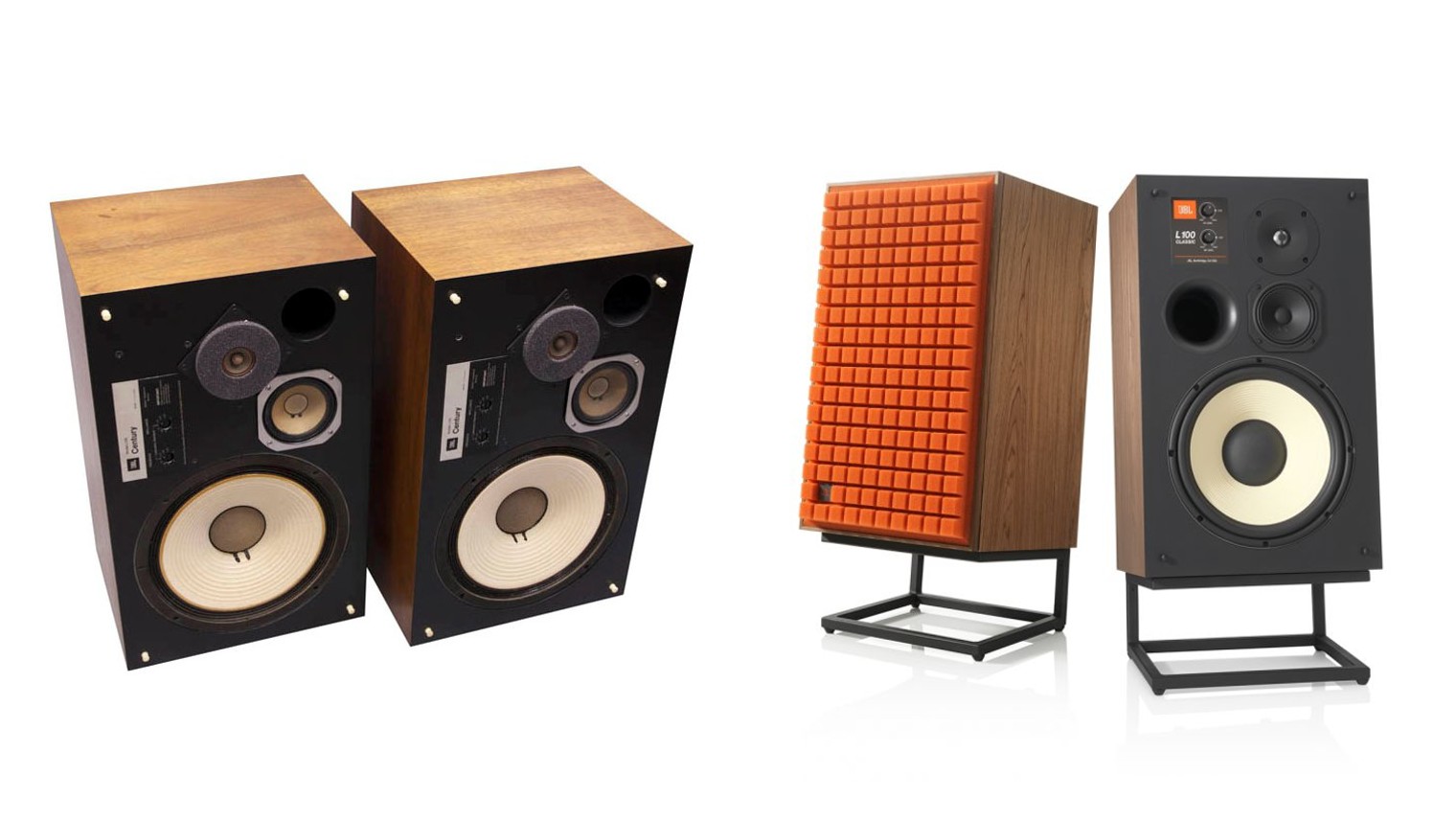
His argument not only concerns modern music production but also extends to how the digital components that dominate today’s hi-fi market have impacted what's required from speakers. “Designing for vinyl reproduction, which tended to have a fuller mid-band sound with less bass and treble power than a modern, digital source, resulted in speaker designs which can sound a touch tonally unbalanced when used in modern systems,” he says. “So, when we are striving to recreate the ‘magic’ of the performance of the originals, the ‘revival’ model needs to include the interim advances in technology which allow us to deliver a cleaner, clearer sound with better definition at the frequency extremes, alongside superior power handling and dynamic performance.
"The modern audio consumer is benefitting from some serious engineering which, if carefully developed while respecting the original’s pedigree, can bring the mechanical, electrical and acoustic design to a whole new level.”
MORE:
22 debut speakers from iconic hi-fi brands
The best 30 hi-fi speakers of What Hi-Fi?'s lifetime
I love modern hi-fi but can we bring back these classic features?

Becky is a hi-fi, AV and technology journalist, formerly the Managing Editor at What Hi-Fi? and Editor of Australian Hi-Fi and Audio Esoterica magazines. With over twelve years of journalism experience in the hi-fi industry, she has reviewed all manner of audio gear, from budget amplifiers to high-end speakers, and particularly specialises in headphones and head-fi devices.
In her spare time, Becky can often be found running, watching Liverpool FC and horror movies, and hunting for gluten-free cake.
